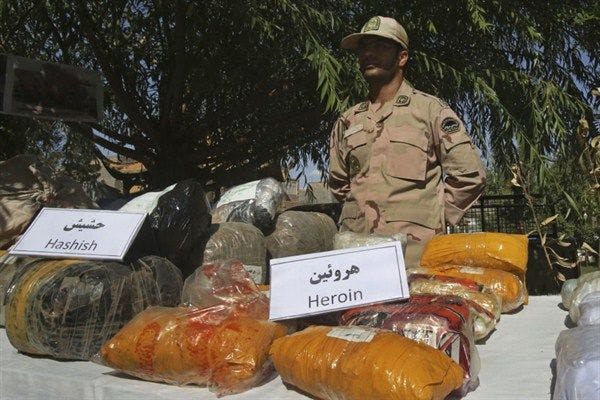Sortir de l’ombre: l’approche évolutive de l’Iran concernant la dépendance aux drogues
L’Iran est l’un des pays les plus affectés par les problèmes de drogues dans le monde, mais l’attitude du gouvernement vis-à-vis de la guerre à la drogue reste truffée de contradictions. Pour en savoir plus, en anglais, veuillez lire les informations ci-dessous.
Abonnez-vous à l'Alerte mensuelle de l'IDPC pour recevoir des informations relatives à la politique des drogues.
Iran has long had one of the world’s biggest drug dependence problems, but the government’s attitude toward the drug war remains rife with contradiction. Iran has taken drug dependence very seriously, as evidenced both by its extensive and heavy-handed law enforcement efforts and by the resources it puts toward prevention, treatment and harm-reduction programs. However, officials have at times downplayed the extent of the problem, as politicians have sought to paint a positive picture of the state of drug dependence in Iran.
In a June speech, Interior Minister Abdolreza Rahmani Fazli said that Iran was home to 1.35 million addicts, adding that this number put Iran below the overall world dependence rate. By most accounts, however, the levels of dependence in the Islamic Republic are among the highest in the world. Former UNODC head Antonio Maria Costa has said, “Dependence in Iran is ten times what is known in other countries,” that actual Iranian dependence rates are likely much higher than those reported by the government and that drug dependence rates are actually closer to 6 percent. The last comprehensive survey, according to some scientists, was done in 2004, the year before Mahmoud Ahmadinejad was elected president, and it put Iran’s number of addicts at 3.7 million.
Click here to read the full article (restricted access).
Keep up-to-date with drug policy developments by subscribing to the IDPC Monthly Alert.
